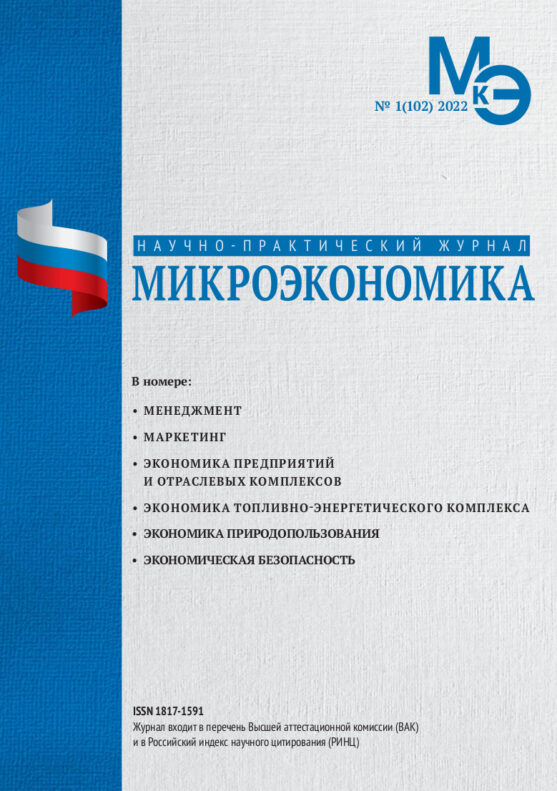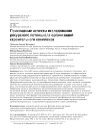Ambivalent Economic Stability. Sustainability vs. Resilience
DOI: 10.33917/es-4.196.2024.90-97
The author addressed the topic of comparing the meanings of the terms “sustainability” and “resilience” due to the fact that both these terms are used in economic literature, and at the same time they are both translated into Russian as “sustainability”, which sometimes causes incorrect understanding of the meaning of certain texts. The article dwells on genesis and areas of application of these terms, it is noted that the frequency of applying the word “resilience” has increased significantly in recent years. At the same time, a generally accepted definition of this term has not yet been developed, at least in its economic application. The same is referred to the term “sustainability”. Disadvantages of each of the terms are listed and debate on the priority of one term over another is considered. The author briefly discussed the use of terms in the current context of the Russian economy. It is concluded that while in terms of “resilience” the domestic economy has demonstrated visible success, then in terms of “sustainability” prospects there are serious problems.
References:
1. Concise Oxford Dictionary. Tenth Edition. Oxford University Press, Oxford, 1999.
2. McAslan A., Director of the Torrens Resilience Institute. The Concept of Resilience: Understanding its Origins, Meaning and Utility. Australia, Adelaide, 2010, 14 March, available at: https://www.flinders.edu.au/content/dam/documents/research/torrens-resilience-institute/resilience-origins-and-utility.pdf
3. Moser, et al. (2019). Climatic Change, available at: https://doi.org/10.1007/s10584-018-2358-0
4. ZOE, the Institute for Future-Fit Economies, available at: https://zoe-institut.de/en/home-2/
5. The Economic Resilience Index. Assessing the ability of EU economies to thrive in times of change, available at: https://zoe-institut.de/wp-content/ uploads/2023/09/Economic_Resilience_Index_Final-1.pdf
6. Rose A. Economic Resilience: Concepts and Measurement, available at: https://www.wto.org/english/res_e/reser_e/adam_rose_040321.pdf
7. Knuth K. The term “resilience” is everywhere — but what does it really mean, available at: https://ensia.com/articles/what-is-resilience/
8. Schmithüsen F.J. Three hundred years of applied sustainability in forestry, available at: https://www.research-collection.ethz.ch/bitstream/ handle/20.500.11850/154087/1/eth-7348-01.pdf
9. A Brief History of Sustainability, available at: https://thesustainableagency.com/blog/the-history-of-sustainability/#:~:text=In%201972%2C%20 sustainability%20was%20first,industrialized%20communities%2C%20among%20other%20suggestions
10. Purvis B., Mao Y., Robinson D. Three pillars of sustainability: in search of conceptual origins, available at: https://link.springer.com/article/10.1007/ s11625-018-0627-5
11. Knuth K. The term “resilience” is everywhere — but what does it really mean, available at: https://ensia.com/articles/what-is-resilience/
12. Six Key Factors for Achieving Sustainable Manufacturing, available at: https://www.foundrymag.com/opinion/article/21924600/six-key-factors-forachieving-sustainable-manufacturing





